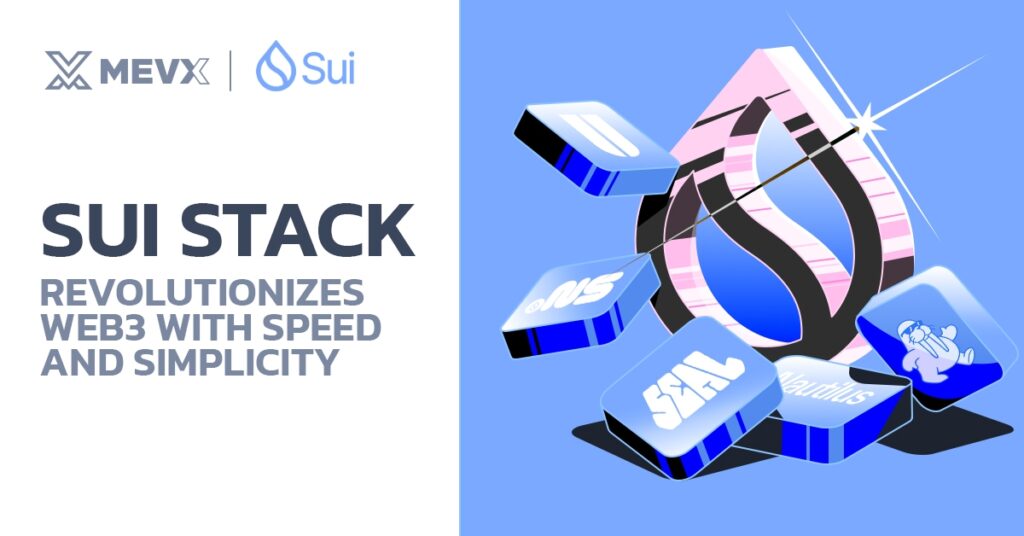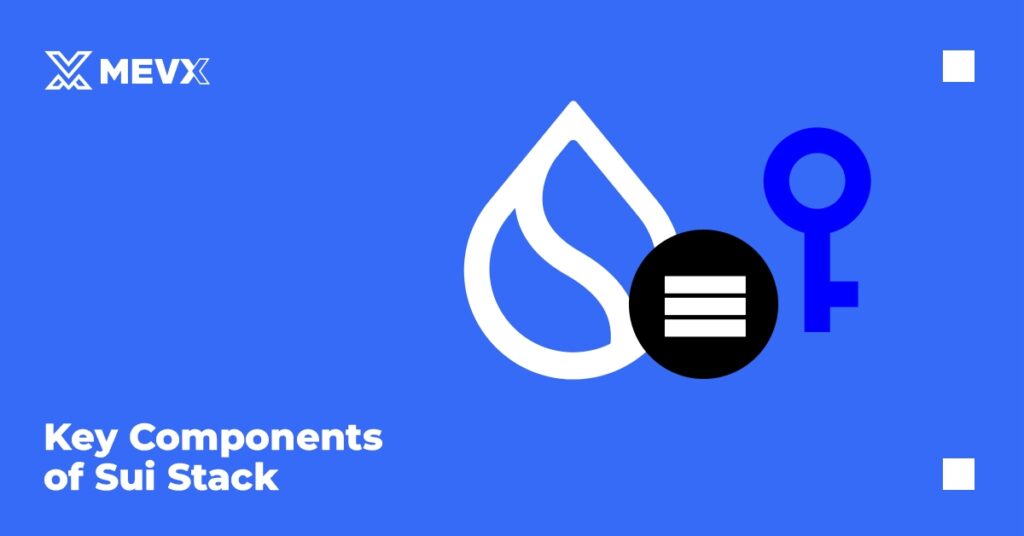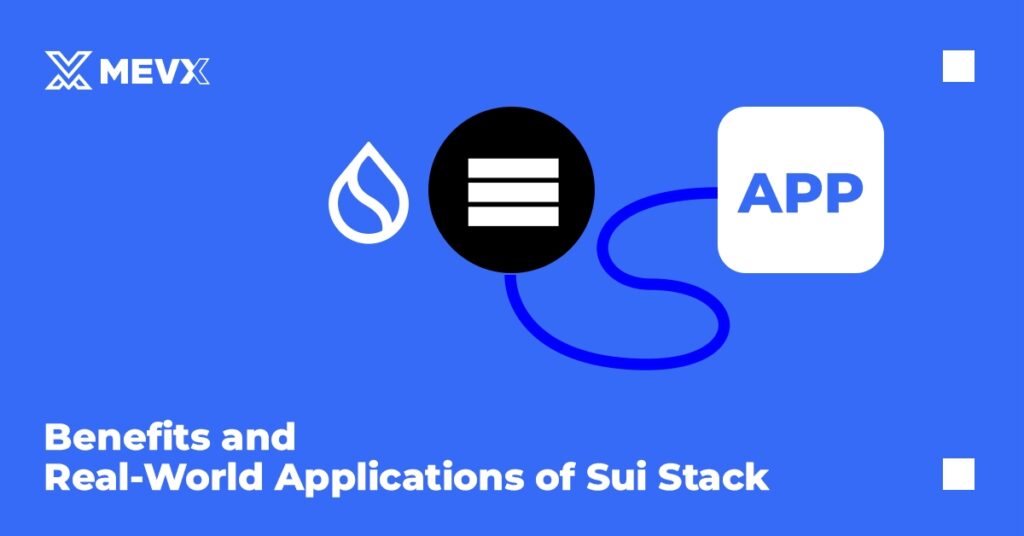Sui Stack emerges as a beacon of innovation, capturing the attention of developers and investors alike in 2025. This comprehensive guide dives into the essentials, unpacking its core elements, benefits, and real-world potential.

What is Sui Stack? A Quick Overview
Sui Stack is a full-fledged developer ecosystem built around the Sui blockchain, a Layer 1 platform designed from the ground up for unparalleled performance and accessibility. Developed by Mysten Labs, it aims to bridge the gap between Web3’s decentralized promise and Web2’s user-friendly experience.
It addresses the infamous blockchain trilemma, balancing scalability, security, and decentralization, by leveraging advanced architecture like an object-centric data model and parallel transaction processing.
Sui Stack enables near-instant transactions with low, predictable fees. As of 2025, it boasts impressive metrics: up to 297,000 transactions per second (TPS) and an average finality time of around 400 milliseconds. This makes it ideal for mass-adoption scenarios, from everyday apps to complex financial systems. With over 183 million active accounts and 11 billion total transactions recorded, Sui Stack isn’t just theoretical; it’s already powering a thriving ecosystem.
Key Components of Sui Stack
Sui Stack isn’t a single tool but a cohesive suite of technologies that empower developers to build secure, scalable Web3 products. Here’s a breakdown of its main elements:

- Sui Blockchain: The foundational Layer 1 network, featuring the Mysticeti consensus mechanism for ultra-low latency (as low as 390ms). It supports dynamic assets and customizable policies, making it versatile for various use cases.
- Move Programming Language: Created by Sui co-founder Sam Blackshear, Move emphasizes resource scarcity and safety, allowing developers to write concise, bug-resistant smart contracts with fewer lines of code than alternatives like Solidity.
- Walrus (Storage Layer): A decentralized storage solution for handling massive data volumes on-chain, ensuring availability and auditability at low costs, perfect for applications like digital advertising processing millions of impressions daily.
- Nautilus (Provable Compute): Utilizes trusted execution environments (TEEs) for verifiable computations, enabling automatic payments based on real outcomes without intermediaries.
- Seal (Encryption Tool): Provides on-chain data privacy and access control, compliant with enterprise standards, eliminating the need for centralized servers.
These components work synergistically, creating an “unforkable network stack” that’s robust and hard to replicate, fostering long-term stability.
Benefits and Real-World Applications
One of Sui Stack‘s standout benefits is its developer-friendly approach. It simplifies Web3 development, letting creators focus on innovation rather than infrastructure hurdles. For instance, the platform’s horizontal scalability handles surging demand without bottlenecks, a common pain point in older blockchains like Ethereum. Security is baked in through Move’s design, reducing vulnerabilities like reentrancy attacks.

In practice, Sui Stack shines in diverse sectors. In DeFi, protocols like DeepBook offer on-chain order books for efficient trading. Gaming benefits from player-owned assets and seamless royalties, while advertising platforms like Alkimi use it for transparent, fraud-resistant campaigns worth billions. Looking ahead to 2025, experts predict Sui Stack will drive mainstream adoption in AI agents, finance, and everyday apps, with staking insights showing stable growth and over 10 million daily transaction blocks.
The community backing is equally impressive. With a Discord server exceeding 700,000 members, weekly office hours, and grants funding over 80 projects (totaling more than $5 million), Sui Stack nurtures collaboration. Recent updates, such as the Sui Wallet’s DeFi-focused enhancements in early 2025, further boost usability.
Why Sui Stack Matters in 2025
Sui Stack positions itself as a frontrunner for large-scale applications. Its ability to deliver Web3 benefits, decentralization, transparency, with Web2 ease could democratize access, attracting billions of users.
However, like any tech, it has limitations, such as ongoing ecosystem maturation compared to veterans like Ethereum.
In summary, Sui Stack represents a shift toward efficient, inclusive blockchain infrastructure. Ready to explore more? Follow our MevX blog for deeper dives into the Sui blockchain and cutting-edge tech trends.
Share on Social Media:
